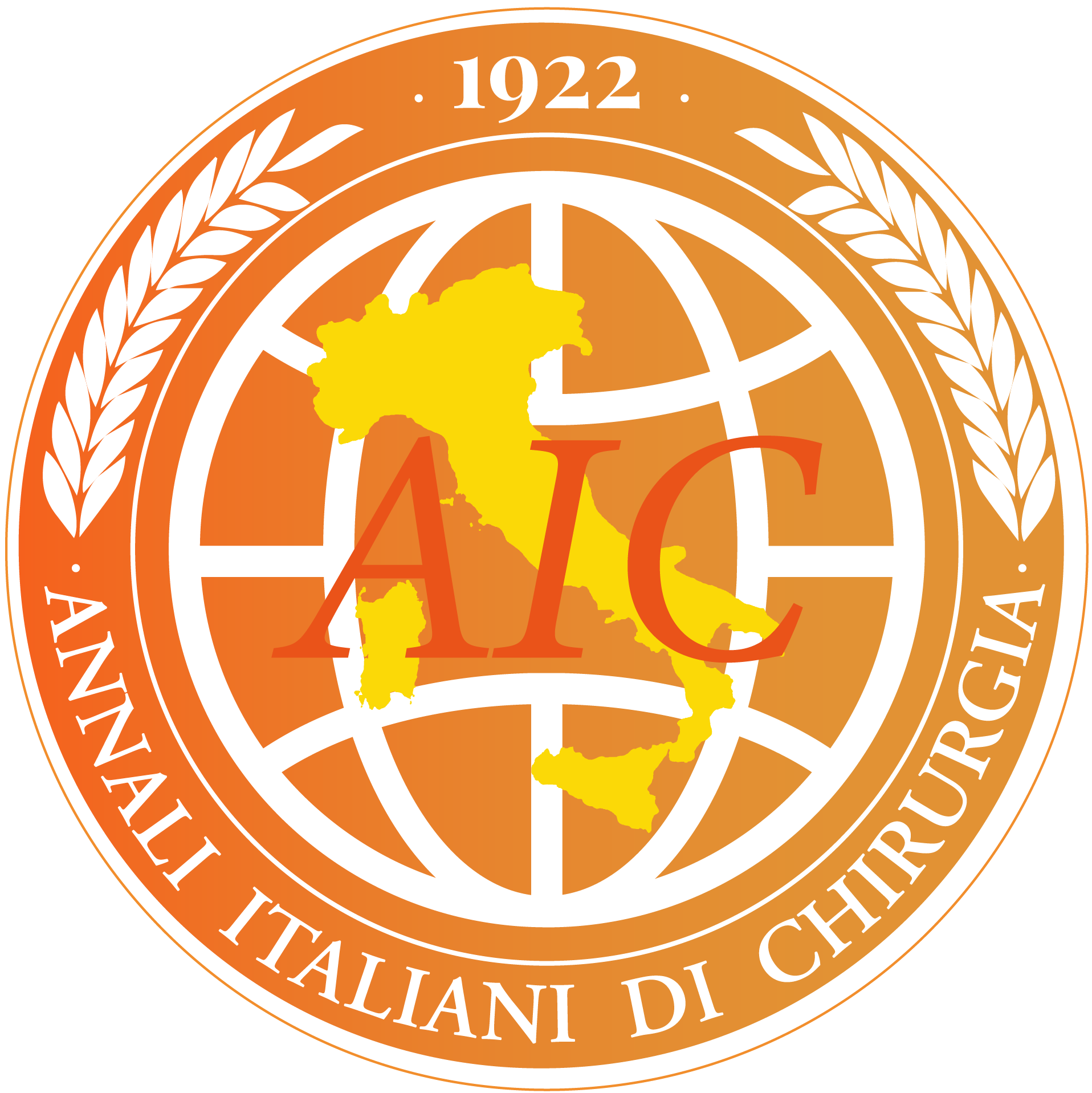1 Mar 2023
ArticleFactors affecting complications and clinical outcome in patients with Mirizzi syndrome. Single center experience.
Arif Atay 1Feyyaz Gungor 1Furkan Karahan 1Yunus Sur 2Sebnem Karasu 1Osman Dilek 1
Affiliations
Article Info
1 Department of General Surgery, Izmir Katip Celebi University, Atatürk Training and Research Hospital, Izmir, Turkey
2 Department of Radiology, Izmir Katip Celebi University, Atatürk Training and Research Hospital, Izmir, Turkey
Ann. Ital. Chir., 2023, 94(2), 100323;
Published: 1 Mar 2023
Copyright © 2023 Annali Italiani di Chirurgia
This work is licensed under a Creative Commons Attribution 4.0 International License.
Abstract
Mirizzi syndrome (MS) is a syndrome that causes chronic destructive and fibrotic changes because of compression and inflammation in the main biliary tract. MS remains to be a serious problem due to its high morbidity. In this study, it is aimed to evaluate the diagnostic tools, risk factors and clinical output data we apply to our patients with MS in the light of the literature. We retrospectively analyzed the data of patients treated for MS in the last decade in our hospital, where an average of 1350 cholecystectomies are performed annually. Clinical, laboratory and imaging data obtained from patients‟ files were evaluated. We identified 76 patients with MS and classified them as type 1-5 according to the Csendes classification. Abdominal pain, fever and jaundice were the most common symptoms. 42 patients had type 1 and 2 MS. Mirizzi syndrome was diagnosed with preoperative radiological imaging methods in 24 of the patients. In 41 of the patients, the surgery first started laparoscopically, and then turned to laparotomy in 39 patients. Other 35 patients were operated with conventional methods. In 11 cases, subtotal cholecystectomy was performed Early diagnosis and surgical treatment of symptomatic cholelithiasis decrease the frequency of MS. Inflammation criteria can be used as an indicative biomarker. The patient‟s history, USG, ERCP and MRCP findings are currently the most important diagnostic tools. Releasing the gallbladder with the “fundus first” approach can reduce the risk of trauma. In cases where MS is suspected, a stent placed with ERCP decrease bile duct trauma
Keywords
- Complication
- Diagnosis
- Mirizzi’s syndrome
- Prediction
- Treatment
article-detail-mobile

